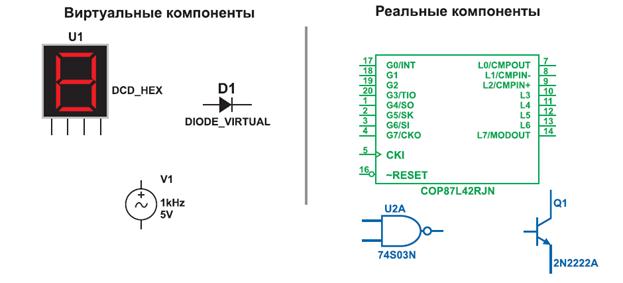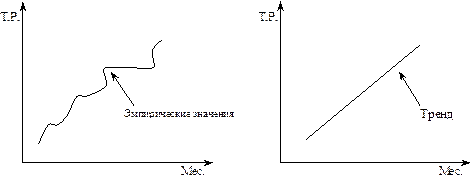Discourse and Communication.
Discourse (from Latin discursus, meaning "running to and from") generally refers to "written or spoken communication or debate". [1] The following are three more specific definitions: (1) In semantics and discourse analysis: A generalization of the concept of conversation to all modalities and contexts. (2) "The totality of codified linguistic usages attached to a given type of social practice. (E.g.: legal discourse, medical discourse, religious discourse.)" [2] (3) In the work of Michel Foucault, and social theorists inspired by him: "an entity of sequences of signs in that they are enouncements (enoncés)."[3] An enouncement (often translated as "statement") is not a unity of signs, but an abstract matter that enables signs to assign specific repeatable relations to objects, subjects and other enouncements.[3] Thus, a discourse constitutes sequences of such relations to objects, subjects and other enouncements. A discursive formation is defined as the regularities that produces such discourses. Foucault used the concept of discursive formation in relation to his analysis of large bodies of knowledge, such as political economy and natural history.[4] Discourse in the first sense is studied in corpus linguistics. Analysis of discourse in the second and third senses is carried out within a variety of traditions that investigate the relations between language, structure and agency, including sociology, feminist studies, anthropology, ethnography, cultural studies, literary theory, and the philosophy of science. Within these fields, the notion of "discourse" is itself subject to discourse, that is, debated on the basis of specialized knowledge. Discourse can be observed in multimodal/multimedia forms of communication including the use of spoken, written and signed language in contexts spanning from oral history to instant message conversations to textbooks. Communication is the activity of conveying meaningful information. Communication requires a sender, a message, and an intended recipient, although the receiver need not be present or aware of the sender's intent to communicate at the time of communication; thus communication can occur across vast distances in time and space. Communication requires that the communicating parties share an area of communicative commonality. The communication process is complete once the receiver has understood the sender. Visual communication is the conveyance of ideas and information through creation of visual representations. Primarily associated with two dimensional images, it includes: signs, typography, drawing, graphic design, illustration, colours, and electronic resources, video and TV. Recent research in the field has focused on web design and graphically oriented usability. Graphic designers use methods of visual communication in their professional practice. Oral communication, while primarily referring to spoken verbal communication, typically relies on both words, visual aids and non-verbal elements to support the conveyance of the meaning. Oral communication includes discussion, speeches, presentations, interpersonal communication and many other varieties. In face to face communication the body language and voice tonality plays a significant role and may have a greater impact on the listener than the intended content of the spoken words. A great presenter must capture the attention of the audience and connect with them. For example, out of two persons telling the same joke one may greatly amuse the audience due to his body language and tone of voice while the second person, using exactly the same words, bores and irritates the audience.[citation needed] Visual aid can help to facilitate effective communication and is almost always used in presentations for an audience. A widely cited and widely misinterpreted figure used to emphasize the importance of delivery states that "communication comprise 55% body language, 38% tone of voice, 7% content of words", the so-called "7%-38%-55% rule".[2] This is not however what the cited research shows – rather, when conveying emotion, if body language, tone of voice, and words disagree, then body language and tone of voice will be believed more than words.[3][clarification needed] For example, a person saying "I'm delighted to meet you" while mumbling, hunched over, and looking away will be interpreted as insincere. (Further discussion at Albert Mehrabian: Three elements of communication.)' Over time the forms of and ideas about communication have evolved through progression of technology. Advances include communications psychology and media psychology; an emerging field of study. Researchers divides the progression of written communication into three revolutionary stages called "Information Communication Revolutions" (Source needed).
|




